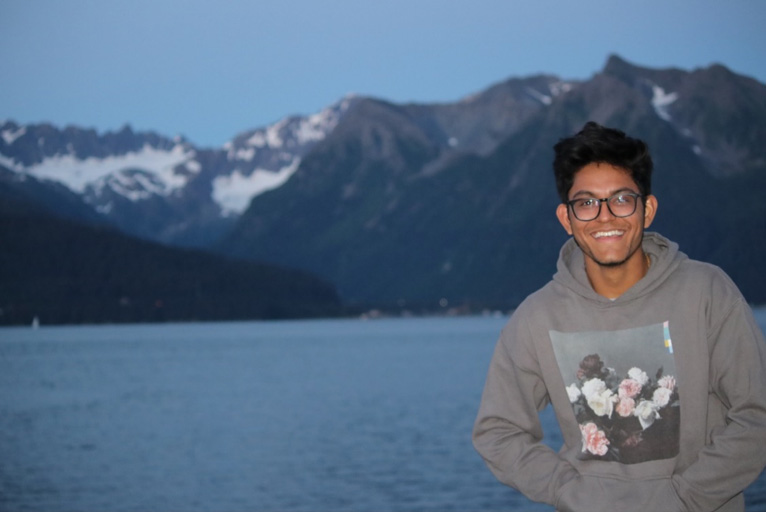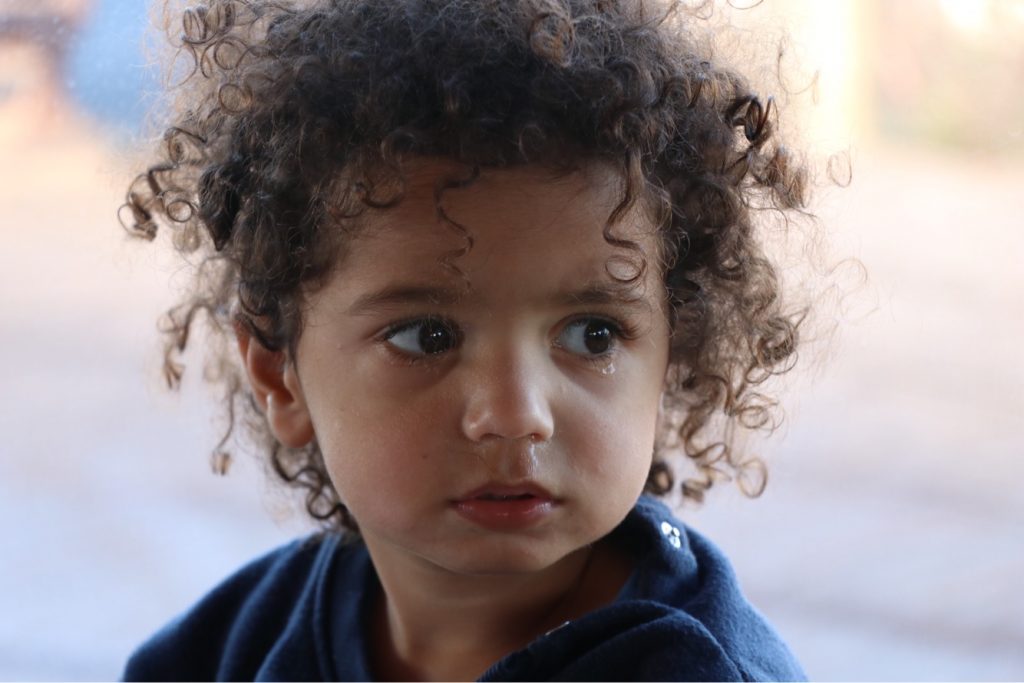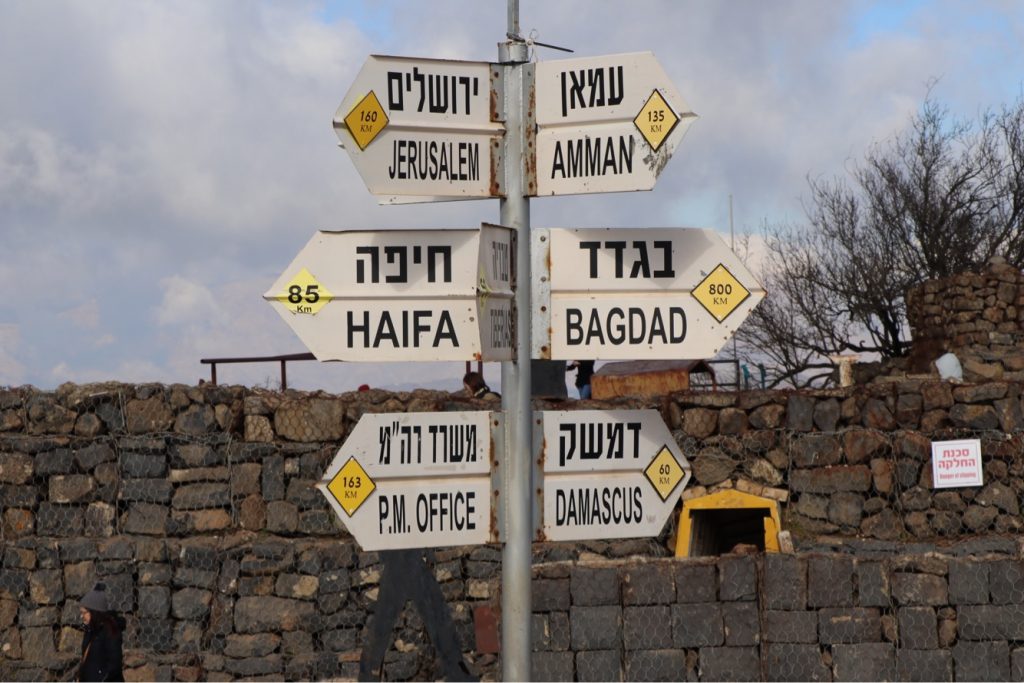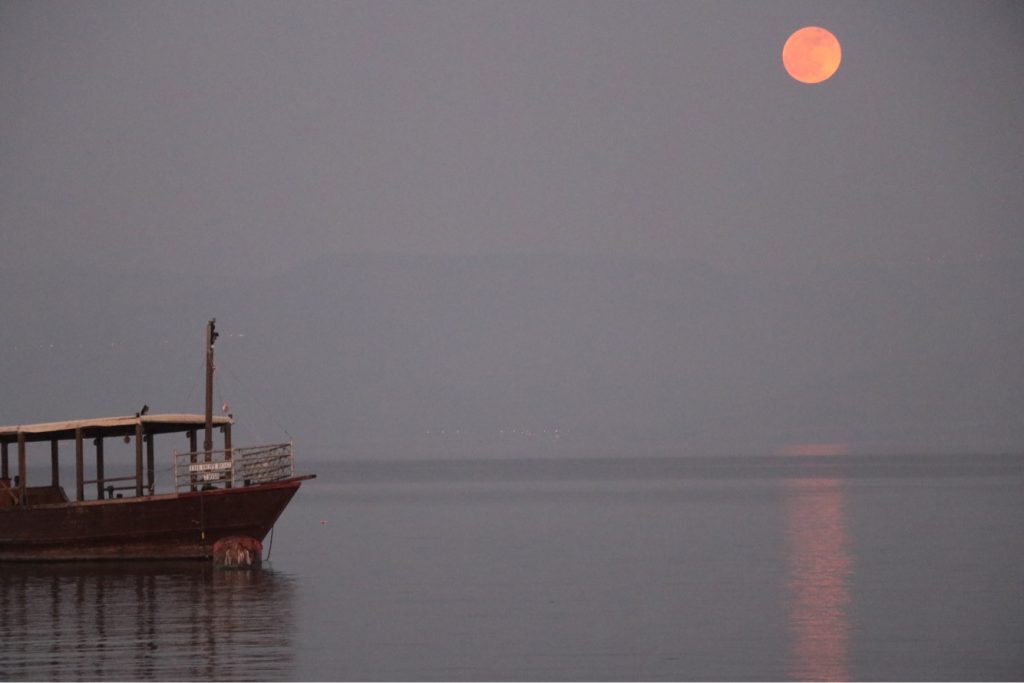Below is a report from Abdus-Sobhan Najmi, a recent recipient of the Ted and Kathleen Buchalter Centennial Scholars Award for Jewish Understanding for UCLA Undergraduate Students
 I grew up in a devout Bengali Muslim family, and when I was six years old we moved into a new house. Immediately I became best friends with my neighbor who lived in the house next to mine; he was a Jewish kid one year old than me named Rahn. We played basketball, video games, and I even showed him cricket. However, my parents exhibited some tension toward this friendship that at the time I couldn’t understand. “Be careful around the Yehuds, Abdus, they can trick you.” Rahn? A trickster? He seemed so nice; there was no way. We remained friends, but the hesitation my parents felt toward Rahn had a lasting effect on me. Why did I need to be wary of my childhood friend?
I grew up in a devout Bengali Muslim family, and when I was six years old we moved into a new house. Immediately I became best friends with my neighbor who lived in the house next to mine; he was a Jewish kid one year old than me named Rahn. We played basketball, video games, and I even showed him cricket. However, my parents exhibited some tension toward this friendship that at the time I couldn’t understand. “Be careful around the Yehuds, Abdus, they can trick you.” Rahn? A trickster? He seemed so nice; there was no way. We remained friends, but the hesitation my parents felt toward Rahn had a lasting effect on me. Why did I need to be wary of my childhood friend?
My passion for religion is a new and growing one. Growing up, I found faith to be meaningless and inherently divisive. The path forward, I thought, was increasing secularization. Only recently have I started to see the beauty of faith as a unifying force, after deeply immersing myself in the Christian, Jewish, and Muslim communities here on campus. I have seen how devoted and loving these people have been, serving the homeless community and taking care of fellow students when tragedies struck.
Realizing that faith was a common force behind such generosity and compassion I’ve seen on campus, and that faith could be unifying rather than divisive, led me to pursue a new passion for religion academically in college, where I am a double major in Political Science and Religion. In addition to studying Islam, I’ve committed myself to studying Judaism and Christianity and contextualizing the values and lessons of these religions. I’ve taken classes where we read the Tanakh, Bible, and Quran, and other exciting classes on unique topics such as the archaeology of the Exodus events. While studying religion, it struck me how similar Judaism and Islam are theologically, as, for example, the Shema in the Jewish tradition is the same phrase that Muslims repeat in prayer in Surah Ikhlas (The Lord Your God is One). After delving into study of the history, theory, and values of three major religions, I now understand the context of the prejudices imparted on me as a child; now that I have seen the same underlying values that I find quite beautiful across these religions, I grasp the tragedy that these prejudices exist and I fully believe they are surmountable. I believe that tension should not exist between Muslims and Jews at all, and I hope one day this will be the case.
This summer I am dedicating myself to pursuits that will help me in my dream of interfaith dialogue amongst Jews, Muslims, and Christians at UCLA. To help build the connection between the Jewish and Muslim communities, I think it’s imperative to have a basic understanding of the languages involved. I am going to take Hebrew instruction classes with the Israel coordinator at UCLA Hillel when I come back in the Fall. Currently, I only know enough Arabic to pray. This scholarship would allow me to study Arabic at the Hebrew University in Jerusalem, which has one of the best Arabic programs in the world. I chose Hebrew University specifically because I feel like it’s at a strategic location where I can practice both Hebrew and Arabic, as the University is located so beautifully at Mt. Scopus which is in East Jerusalem. At this location, I’m walking distance from Arabic and Hebrew speaking communities. I think language is one of the bridges to successful interfaith connection, not just at UCLA but for the interfaith work I plan to pursue in the future after college. As Angela Carter once said, “Language is power, life, and the instrument of culture, the instrument of domination and liberation.”
While studying here, I’ve had such an amazing pleasure to make so many Palestinian and Israeli friends. I’ve been able to explore religious sites, going to jummah prayers at Al-Aqsa with my Muslim friends, while also attending shabbat on Friday at the Western Wall.


